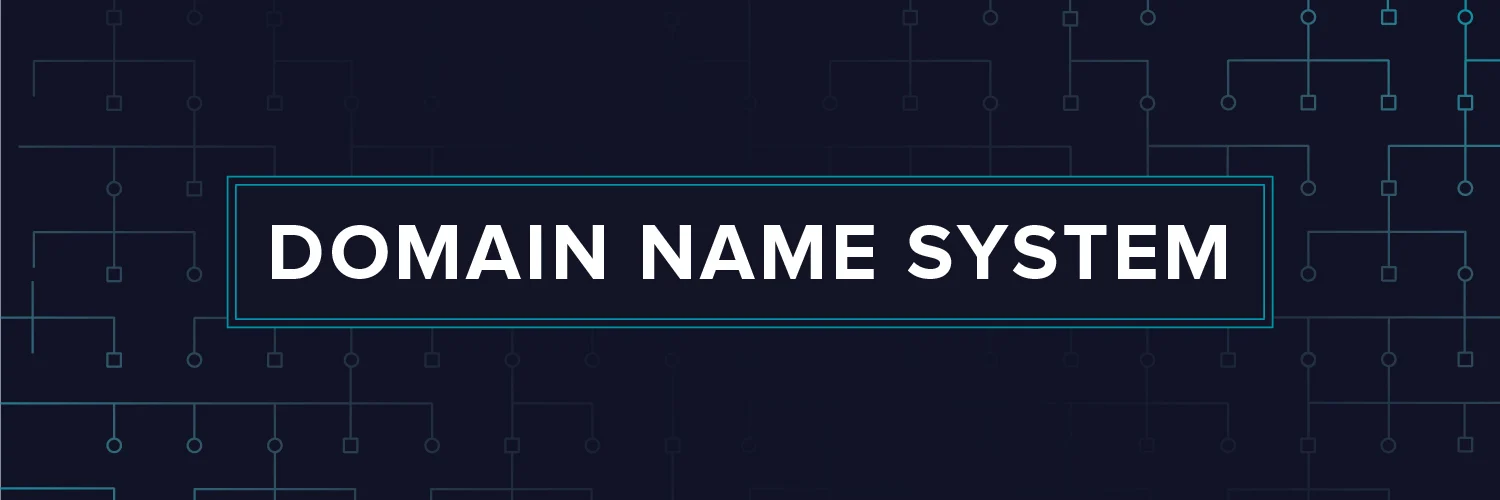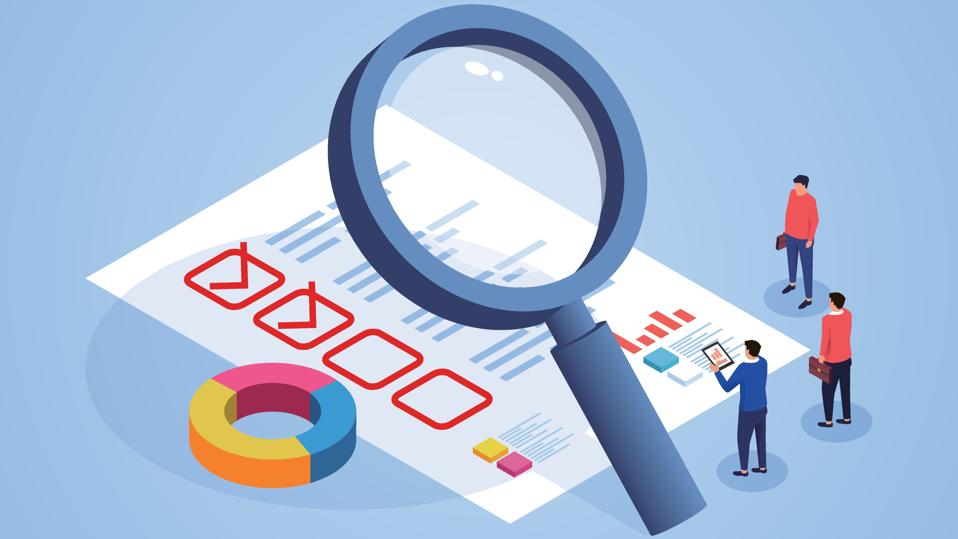Have you ever wondered who the mysterious visitors to your website are? You diligently monitor your website analytics, but the numbers just don’t add up. It’s like there’s an invisible force skewing your data, leaving you perplexed and questioning the accuracy of your insights. Fear not, dear reader, for we are about to demystify the enigma that is website traffic bots.
In this article, we will unravel their role and impact on your beloved analytics, helping you gain a better understanding of who’s really behind those numbers. So grab a cup of coffee, sit back, and let’s embark on a journey to debunk the secrets of website traffic bots.
What are website traffic bots?
Website traffic bots are automated computer programs designed to simulate human behavior and generate traffic to a website. These bots visit websites and perform various actions such as clicking on links, viewing pages, and submitting forms. They can be programmed to target specific websites or follow a predetermined pattern. While some bots serve legitimate purposes like search engine crawlers, others are malicious and aim to manipulate website analytics or engage in fraudulent activities.
Website traffic bots can skew analytics data, making it challenging to accurately measure user engagement and make informed business decisions. It is important to understand the presence and impact of these bots to ensure the reliability of analytics and maintain a healthy website ecosystem.
Why are website traffic bots used?
Website traffic bots are utilized for various purposes in the digital landscape. One key reason is to artificially inflate website traffic numbers, giving an impression of popularity or success. This can be particularly attractive for businesses seeking to attract advertisers or investors.
Additionally, website traffic bots may be employed to manipulate analytics data, leading to skewed insights and erroneous decision-making. For instance, by generating fake clicks or interactions, bots can manipulate conversion rates or engagement metrics. Moreover, these bots can be used to sabotage competitors by overwhelming their servers or depleting their ad budgets. The use of website traffic bots poses significant challenges for accurate analysis and can have detrimental effects on legitimate businesses trying to navigate the digital realm.
How do website traffic bots work?
Website traffic bots are automated software programs designed to mimic human behavior and generate traffic for a website. These bots can visit web pages, click on links, fill out forms, and perform other actions that give the appearance of real user engagement. They can be programmed to follow specific patterns or randomly simulate human browsing behavior. These bots often exploit vulnerabilities in websites or use proxies to generate traffic from different IP addresses.
For example, a website traffic bot may simulate multiple users accessing a website simultaneously, resulting in a surge in traffic. Understanding how website traffic bots operate helps businesses identify and mitigate their impact on website analytics and make informed decisions based on accurate data.
Understanding the Impact of Website Traffic Bots on Analytics
The Role of Website Traffic Bots in Inflating Traffic Numbers
Website traffic bots play a significant role in inflating traffic numbers on websites. These automated programs simulate human-like interactions, generating artificial visits and pageviews.
As a result, website owners might mistakenly believe their site is attracting high levels of genuine traffic when, in reality, a large portion is bot-generated. This can skew analytics data, affecting metrics like unique visitors, session duration, and bounce rates. By distorting these numbers, bots can mislead businesses into making inaccurate decisions and allocating resources inefficiently. It is crucial for website owners to implement bot detection tools and regularly monitor traffic patterns to identify and filter out bot-generated traffic, ensuring accurate data for informed decision-making and strategy development.
Identifying bot-generated traffic in analytics tools
- Look for suspicious patterns in website traffic, such as an unusually high number of visits from the same IP address or a sudden surge in traffic from unexpected locations.
- Analyze engagement metrics to spot discrepancies. Bots typically have low or no engagement, resulting in high bounce rates or extremely short session durations.
- Monitor for repetitive or unnatural behavior, such as identical navigation paths or frequent clicks on specific links.
- Utilize bot detection software or services that use advanced algorithms to identify and filter out bot-generated traffic.
- Regularly review and compare data from different analytics tools to cross-check for any discrepancies that may indicate bot activity.
Effect on website performance metrics
- Website traffic bots can significantly affect various performance metrics, distorting the true picture of website activity.
- Artificially inflated traffic numbers can give a false impression of increased popularity or engagement.
- Bots can skew metrics such as bounce rate, average session duration, and pages per visit, making them appear better or worse than they actually are.
- This misleading data hampers accurate analysis and decision-making, leading to misguided marketing strategies.
- For instance, if bots inflate the number of page views, it may lead to false conclusions about content effectiveness and potentially misallocate resources.
- Identifying and filtering bot-generated traffic is crucial to obtain reliable performance metrics and make informed business decisions.
Implications for decision-making based on inaccurate data
- Inaccurate data resulting from website traffic bots can lead to misguided decision-making and wasted resources.
- For example, if a website owner notices a sudden surge in traffic but fails to identify it as bot-generated, they may attribute the increase to the effectiveness of a recent marketing campaign and allocate more budget towards it.
- This can result in unnecessary expenditure and missed opportunities to optimize other marketing channels.
- Decision-makers who rely on inaccurate data risk making flawed judgments, which can negatively impact business strategies and hinder growth.
- It is crucial to implement measures to detect and filter out bot-generated traffic to ensure reliable data for informed decision-making.
The Financial Impact of Website Traffic Bots
The financial impact of website traffic bots can be significant. Ad spending can be wasted as bots inflate traffic numbers, resulting in higher costs without any real potential for conversions. Moreover, bots can diminish user experience and reduce conversions, leading to missed revenue opportunities. For instance, if bots skew the data, it becomes difficult to accurately measure the effectiveness of advertising campaigns and make informed decisions.
Ad spending waste due to inflated traffic
Ad spending can be wasted due to inflated traffic caused by website traffic bots. These bots artificially increase visitor numbers, leading to inaccurate advertising metrics and misguided campaign decisions. Advertisers may end up spending money on ads that reach a larger but ultimately irrelevant audience.
For example, if a bot generates thousands of fake clicks on an ad, it may appear more successful than it actually is. This can lead to poor return on investment and impact the overall effectiveness of marketing campaigns. Implementing robust bot detection and filtering tools is vital to minimize ad spending waste and ensure that resources are allocated effectively.
Diminished user experience and reduced conversions
When website traffic bots infiltrate a site, they can significantly harm user experience and lead to reduced conversions. Bots often generate fake interactions, such as filling out forms or adding items to carts, but these actions have no genuine intent.
As a result, legitimate users may encounter slow-loading or unresponsive pages due to the excessive bot-generated traffic. This frustrating experience can deter users from engaging with the website, diminishing their trust and ultimately leading to lower conversion rates.
For example, if a potential customer tries to make a purchase but faces delays or errors due to bot-induced congestion, they may abandon their cart and seek alternative options. Therefore, combating website traffic bots is crucial in maintaining a seamless user experience and maximizing conversions.
Ways to Mitigate the Impact of Website Traffic Bots
To mitigate the impact of website traffic bots, implementing effective bot detection and filtering tools is imperative. These tools can help differentiate between genuine human traffic and bot-generated traffic. Regularly monitoring and analyzing website traffic patterns also aids in identifying suspicious activity. Utilizing advanced analytics techniques, such as analyzing user behavior and session data, can further aid in detecting and blocking bots.
For example, tracking abnormal click-through rates or time spent on pages can provide valuable insights. By proactively addressing the issue and taking appropriate measures, website owners can minimize the adverse effects of website traffic bots on their analytics and ensure more accurate data for decision-making.
Implementing bot detection and filtering tools
Implementing bot detection and filtering tools is an important step in countering website traffic bots. These tools use various techniques such as analyzing user behavior, IP filtering, and CAPTCHA challenges to identify and block bot-generated traffic. By implementing these tools, businesses can distinguish between bots and genuine human visitors, thereby gaining accurate insights into their website metrics.
For example, IP filtering can help exclude suspicious IP addresses known for hosting bot traffic. Captcha challenges can ensure that only users who pass the human verification test can access the website. Implementing such bot detection and filtering tools enables businesses to improve the quality and reliability of their analytics data, leading to more informed decision-making.
Regularly monitoring and analyzing website traffic patterns
Regularly monitoring and analyzing website traffic patterns is crucial in detecting the presence of website traffic bots. By closely examining the data, you can identify abnormal traffic patterns that may indicate bot activity. Some practical steps to consider include:
- Keep an eye on sudden spikes or consistent patterns of unusually high or low traffic.
- Check for unusual time-of-day patterns where traffic doesn’t align with your target audience’s behavior.
- Analyze the source of your traffic and investigate any suspicious or unfamiliar referrers.
- Use segmentation and filtering techniques to isolate and study specific user behavior.
By actively monitoring and analyzing website traffic, you can gain insights into potential bot activity and take necessary actions to safeguard your analytics data and make informed decisions.
Utilizing advanced analytics techniques to identify suspicious activity
Utilizing advanced analytics techniques can help identify suspicious activity caused by website traffic bots. One approach is analyzing traffic patterns to identify anomalies, such as unusually high traffic from a specific IP address or a sudden surge in traffic during non-peak hours. Another technique involves examining user behavior metrics to differentiate between human and bot interactions, such as high bounce rates or the absence of engagement on certain pages.
A third method entails monitoring server logs for specific bot signatures or patterns. By employing these advanced analytics techniques, website owners can proactively detect and mitigate the impact of website traffic bots.
Background on Company ABC’s website and analytics
- Company ABC operates an e-commerce website that sells a wide range of products.
- They have implemented an analytics system to track website performance, user behavior, and monitor conversions.
- Their analytics data serves as the basis for important business decisions, marketing strategies, and resource allocation.
- Understanding their typical website traffic patterns and user demographics is crucial for optimizing their online presence and improving customer experience.
- Company ABC has recently noticed irregularities in their traffic data, leading them to suspect the presence of website traffic bots.
- To get a closer look at the impact of these bots, they conducted a thorough analysis to quantify the extent of bot-generated traffic and its effect on their overall analytics data.
Discovering the presence of website traffic bots
Discovering the presence of website traffic bots is a crucial step in understanding their impact on your analytics. One effective method is to analyze your website’s traffic patterns and look for irregularities. If you notice a sudden surge in traffic from suspicious sources, it may indicate the presence of bots. Another approach is to examine your server logs for unusual activity, such as repetitive and rapid requests from the same IP addresses.
Additionally, implementing bot detection and filtering tools can help identify and block bot-generated traffic. Regular monitoring and analysis of your website’s traffic data will enable you to identify any anomalies and take appropriate actions to mitigate the impact of website traffic bots.
Quantifying the financial and operational impact
Quantifying the financial and operational impact of website traffic bots is crucial for businesses. By analyzing the data, companies can determine the extent of the problem and make informed decisions. Financially, the presence of bots can lead to wasted ad spending as these non-human visits don’t result in conversions. Operationally, bots can strain server resources and slow down website performance, negatively affecting the user experience.
For example, excessive bot-generated traffic may lead to server crashes or increased bandwidth costs. By quantifying these impacts, businesses can allocate resources more effectively and develop strategies to mitigate the bot problem.
Wrapping up
Understanding the true nature and impact of website traffic bots is essential for accurate analytics. Bots, automated software programs, can significantly skew website traffic data, resulting in misleading insights. Differentiating between “good” and “bad” bots is crucial for accurate analysis, as some bots provide helpful services, such as search engine crawlers, while others engage in malicious activities like fraud or data scraping.
It is essential for website owners and analysts to take measures to identify and filter out bot traffic to ensure reliable data and make informed decisions.
Credit: Source link




